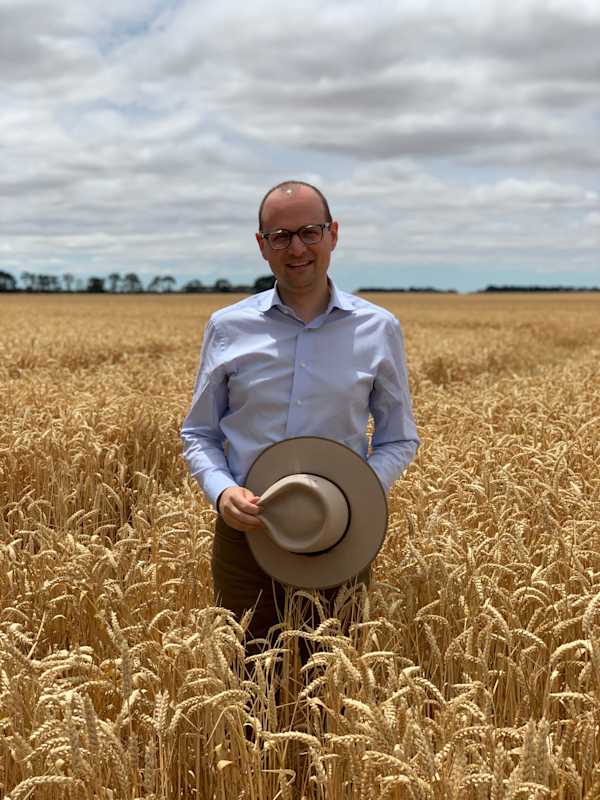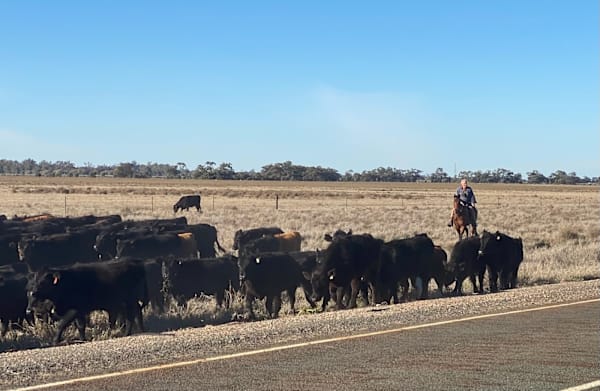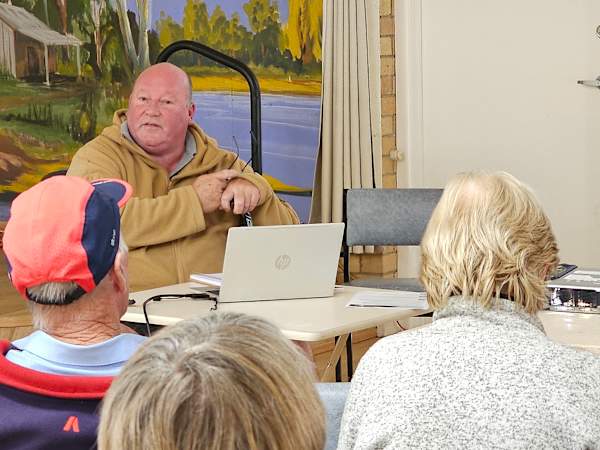THROUGHOUT the autumn break, cropping on all levels has been an ongoing struggle for some farmers who have their woes with their crops with some making the choice to roll the dice and hope for a return.
Recent rain, warmer conditions and longer daylight hours have paid dividends for some while others are stuck in limbo with crops at a near standstill.
AG Warehouse agronomist Bec Bingley believes while some crop producers decided to bite the bullet and invest in their paddocks and crops, other farmers who have waited for a change in the elements are struggling significantly leading into the spring period.
“Farmers who have set paddocks up with full preparation, sown the correct seed, the right fertiliser and doing all this at the correct time are now seeing the benefits,” Ms Bingley said.
“These same farmers followed the traditional annual pattern of seeding during the autumn break despite concerns that it could backfire.
Latest Stories
“Broadacre producers are seeing the biggest results, particularly wheat and canola, both taking off at full steam ahead.
“Other producers who did not invest in inputs and were hoping for the best are really struggling right now as this evidently proves why it is so important not to take shortcuts.
“Having said that, it’s very tough on a farmer who struggles to risk tipping in money when sometimes there is no guarantee, especially when a lack of rainfall has been the primary issue.
“Local farmers have been very supportive of one another by having meetings to discuss current issues and ways to tackle the problems at hand and ways to be productive moving forward.
“Yes, we have had a drier winter but for our broadacre farmers, the conditions go in their favour as their crops do not require a lot of rain and allows farmers to bring machinery onto paddocks to fertilise.” She said.
The results for crop producers are mixed across the board locally with pasture farmers taking the hardest hit when it comes to the bottom line.
“Broadacre crops are going great guns right now, but our pasture farmers are feeling the sting with pasture potential down 50 per cent total annual dry matter production,” Ms Bingley said.
“Wheat, canola, barley and oats are having a fantastic season at the moment with producers feeling very confident and will only improve as the warmer months set in.
“Farmers will apply another round of fertiliser and fungicide mid-September with an application for wheat at the end of September.
The next few months will be paramount to crop producers with the anticipation of warmer months and rainfall.
According to the Bureau of Meteorology, La Nina weather patterns are set to come into play from September through to February next year which will see higher than average rainfall throughout this period.
Moving forward if we see a wet spring and summer, we will see a lot more summer crops being sown to fill the deficit from the early part of 2024,” she said.
“With the summer crop focus, I will work with producers on budget, the variety of seed to use but most importantly, how conditions will pan out.”














